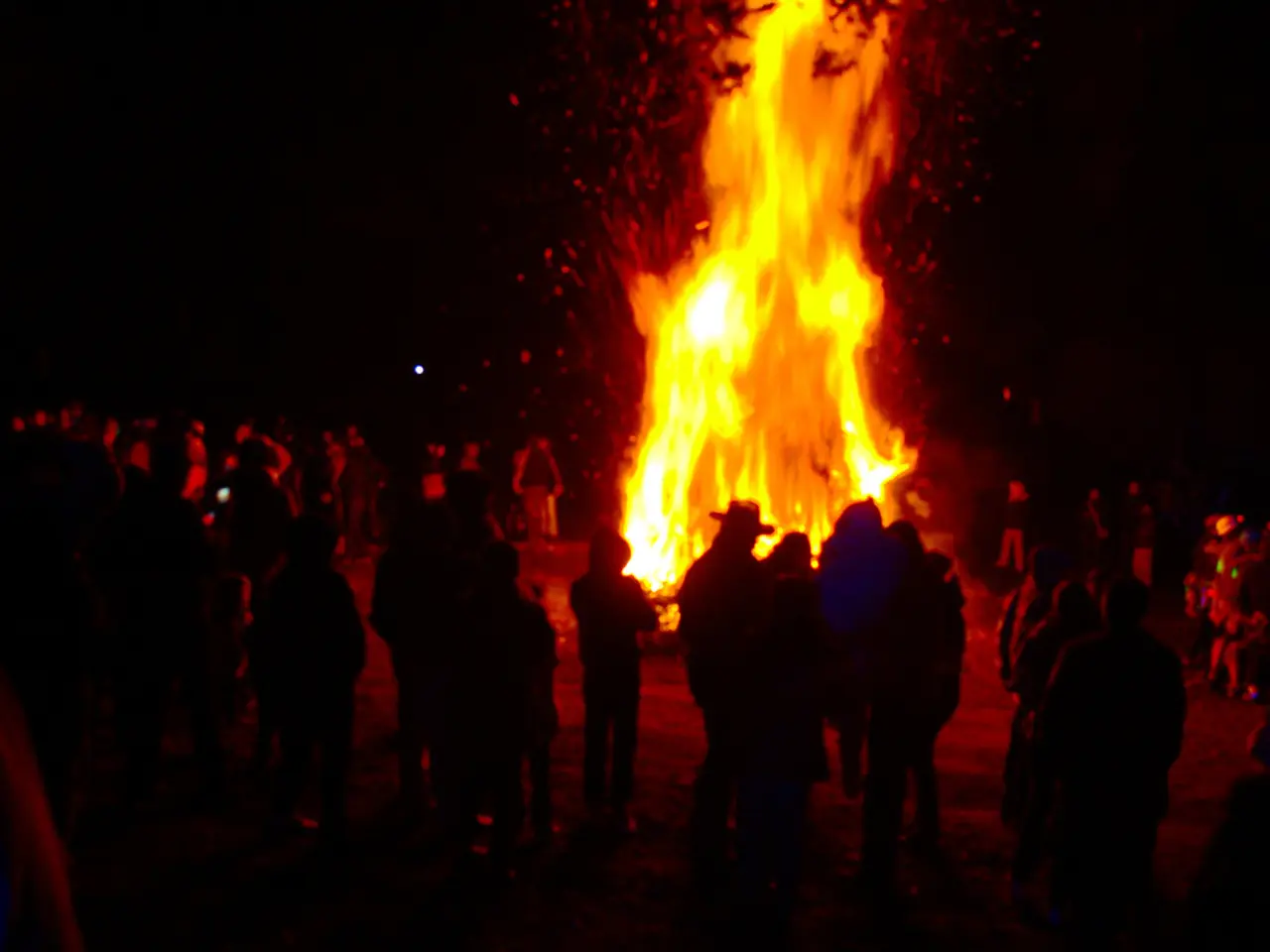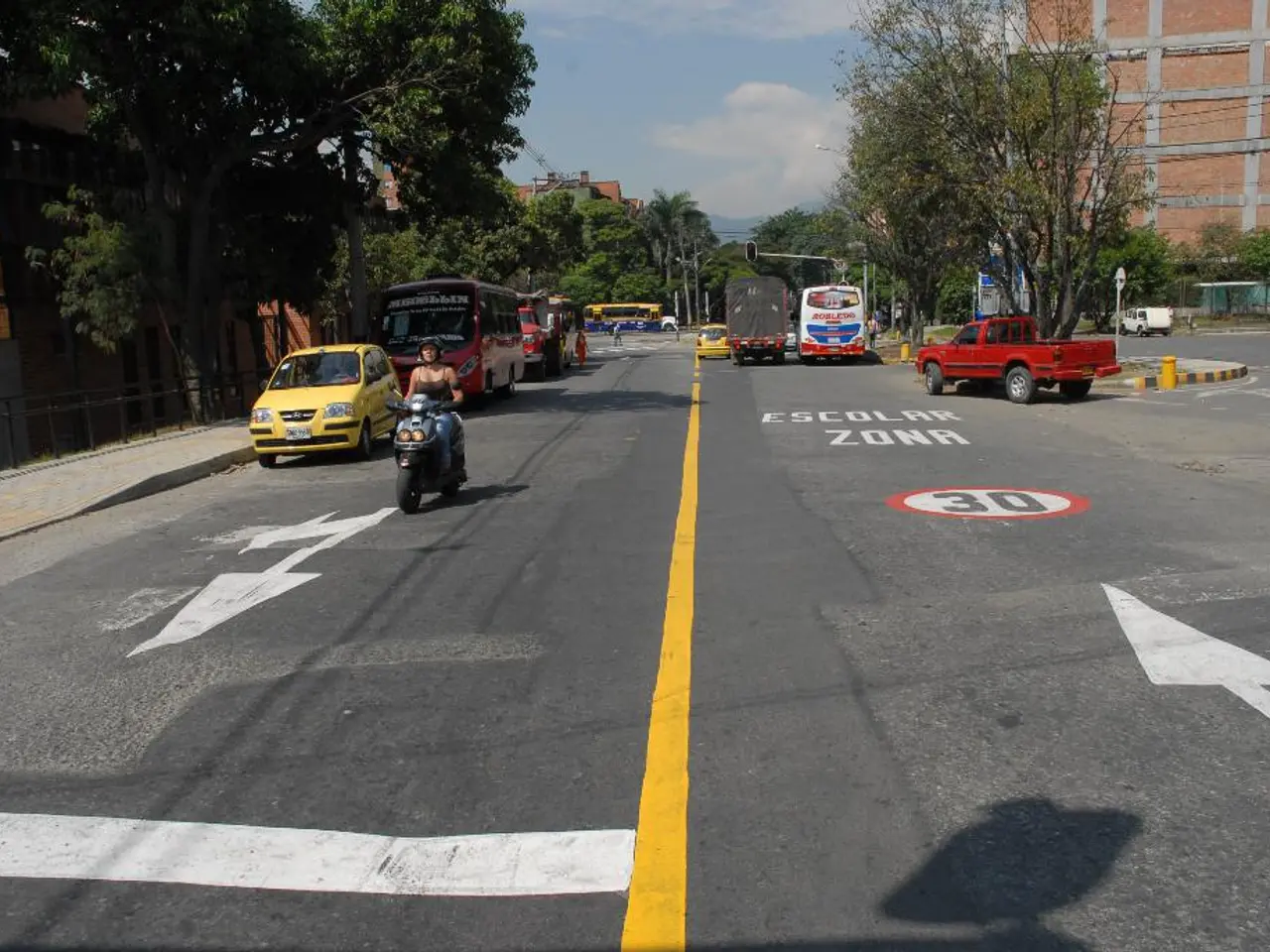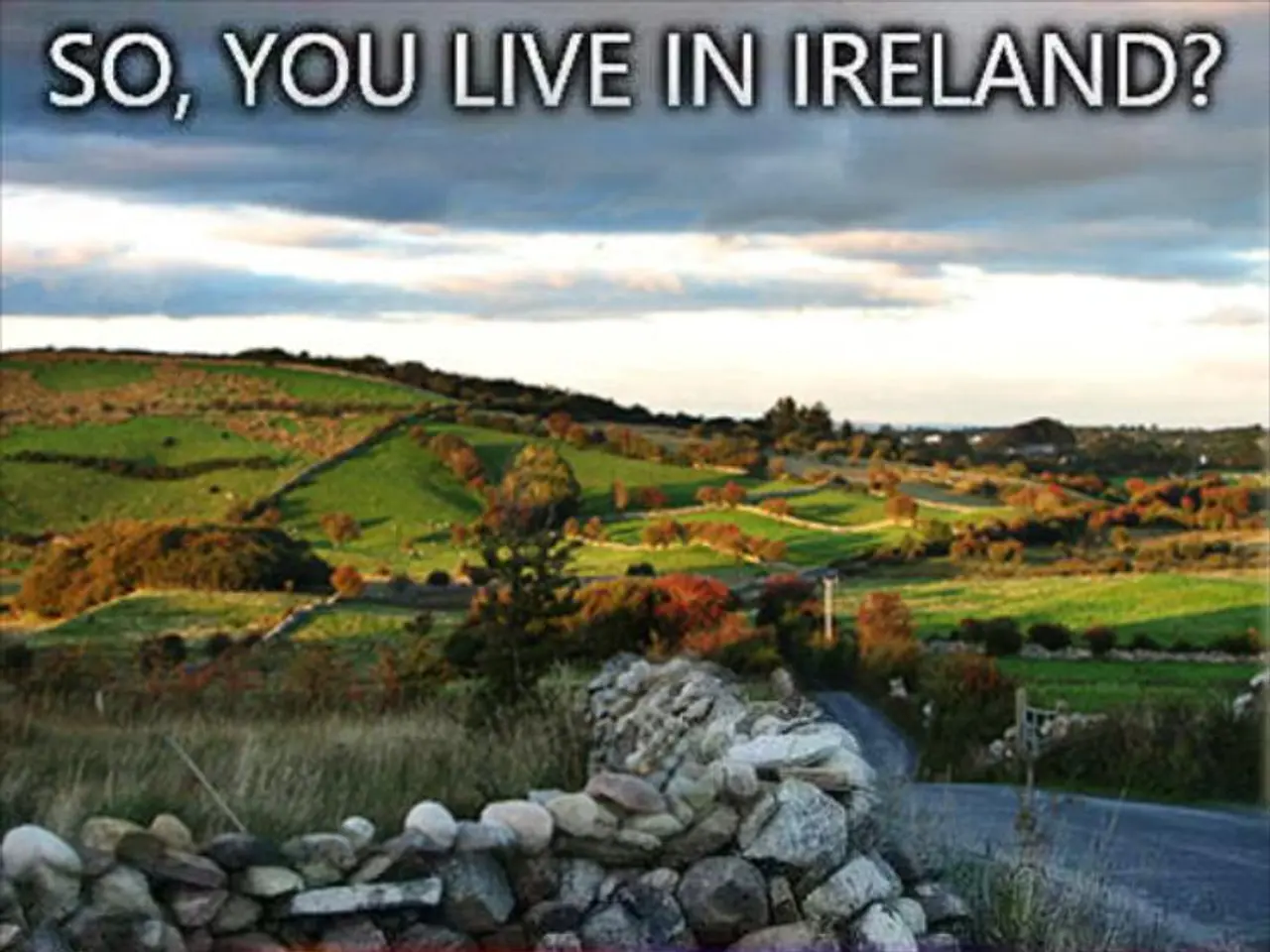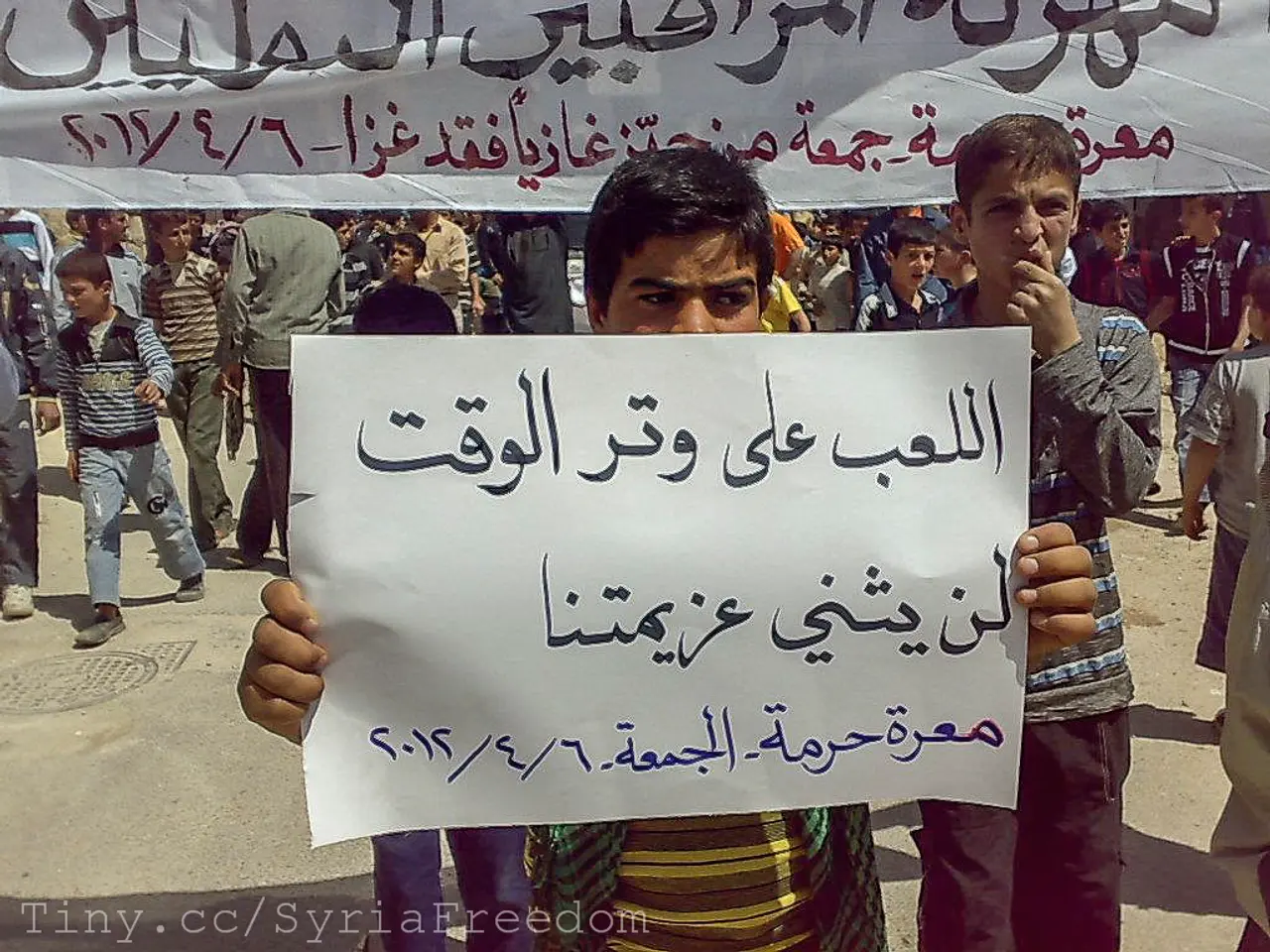Fire in Spanish vacation spot successfully managed, according to reports.
Spain Intensifies Wildfire Prevention and Response Amid Heatwave
Amidst an ongoing heatwave and extreme wildfire risk, Spain has taken several measures to combat the ongoing forest fires that have overwhelmed local efforts.
The first step taken is the activation of the European Union Civil Protection Mechanism, a move that marks the first time this mechanism has been used specifically for forest fires. This mechanism enables rapid EU-level coordination and deployment of firefighting planes and helicopters from member states.
Recognising the extraordinary scale and severity of the fires, Spain has also formally requested help from European neighbours. This request for international firefighting aid underscores the need for cooperation in the face of this crisis.
To intensify aerial firefighting operations, firefighting aircraft have been deployed to make water drops on active fires. With a temporary drop in wind speeds, these aircraft have been targeting existing fire zones to prevent further spread, rather than chasing rapidly advancing fire fronts.
In the face of extreme heat, prolonged dryness, and low humidity, fire crews are adapting their tactics to combat the fires. Thousands of residents have been evacuated from high-risk areas to ensure safety during the fires.
The wildfire near the southern Spanish tourist town of Tarifa, which started in a camper van at a campsite on Tuesday, quickly spread in gusty conditions. The fire forced the evacuation of more than 1,500 people and about 5,000 vehicles. Civil protection authorities have issued a high to extreme wildfire risk warning across much of Spain.
Despite the ongoing efforts, residents and tourists were allowed to return on Wednesday after the fire was declared "stabilized." Firefighting crews will remain in the Tarifa area for several days to secure the perimeter and prevent flare-ups.
Tarifa, a coastal town of about 19,000 residents, is known for its strong winds that attract windsurfers. The extreme heat is expected to last until at least Wednesday, with temperatures nearing 40°Celsius in many regions.
These measures illustrate a dual approach: national fire services managing ground efforts while relying on European solidarity and aerial firefighting for enhanced response capabilities. The ongoing heatwave requires Spain to not only intensify immediate firefighting measures but also rethink long-term wildfire resilience and prevention strategies.
At this emergency phase, there are no specific mentions of on-the-ground preventive measures such as controlled burns, vegetation management, or public awareness campaigns. However, the EU mechanism activation and cross-border cooperation stand out as critical components of Spain's current wildfire prevention and response framework.
- Amidst the ongoing heatwave and the increased risk of wildfires, Spain is also focusing on long-term strategies to combat climate-change and improve the environmental-science related to wildfire resilience.
- The devastating wildfires in Spain have sparked a need for innovative news in the field of science, particularly in weather-forecasting, to predict and prevent future such scenarios.
- In the east of Spain, local authorities are considering the integration of art installations into public spaces to raise awareness about the importance of preserving the environment and reducing the impact of climate-change on the world.
- As the world grapples with the challenges of climate-change and weather patterns becoming increasingly unpredictable, the international community must follow Spain's lead in fostering collaboration and solidarity to address these global issues.








